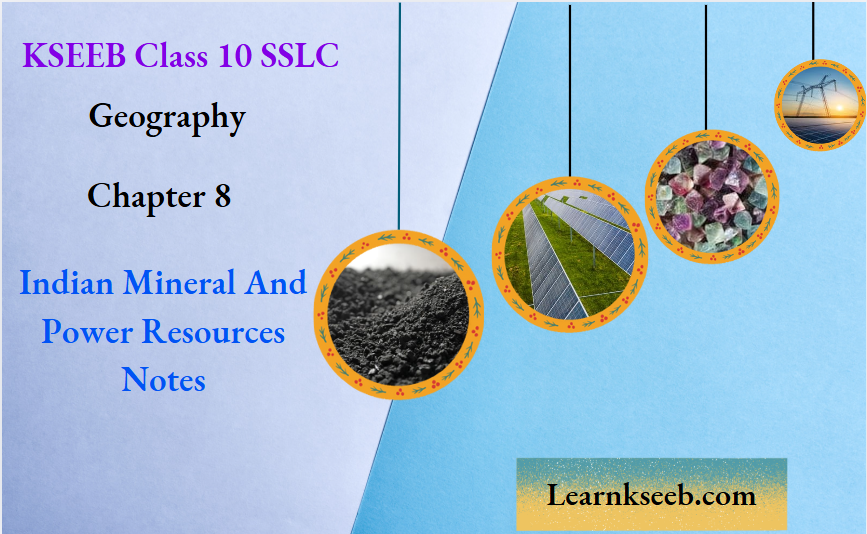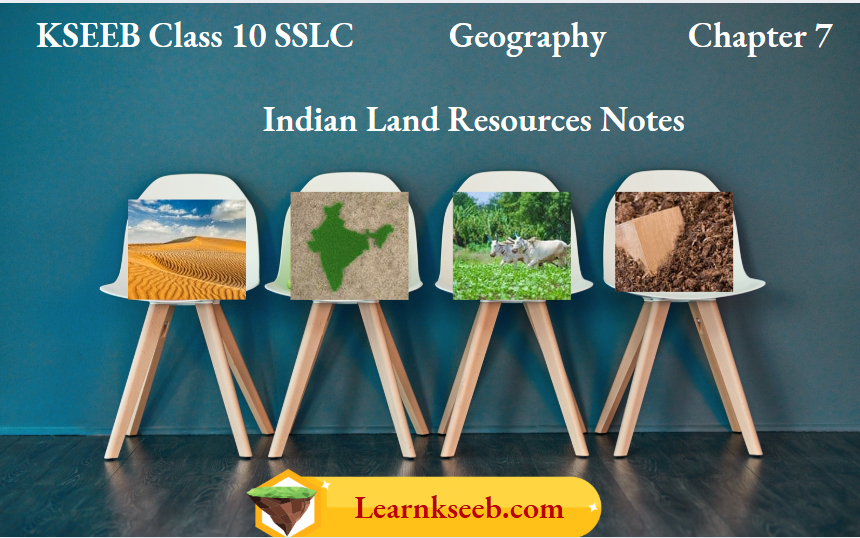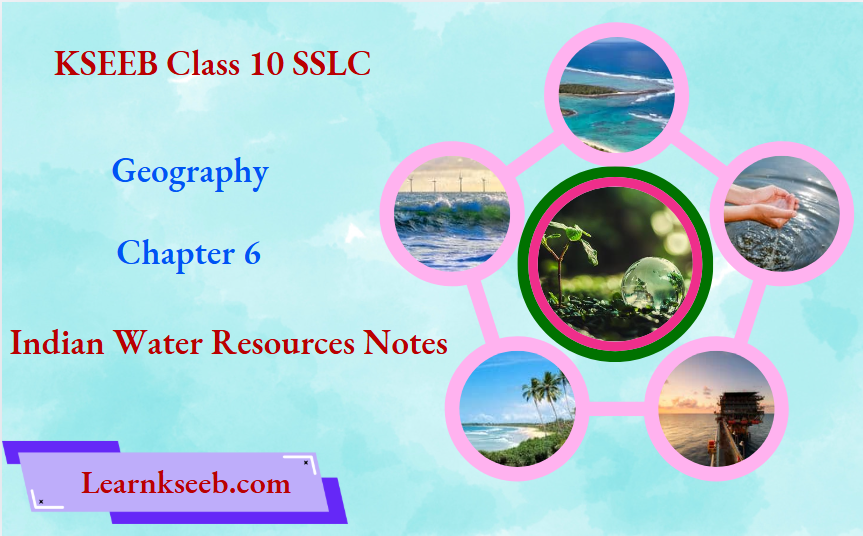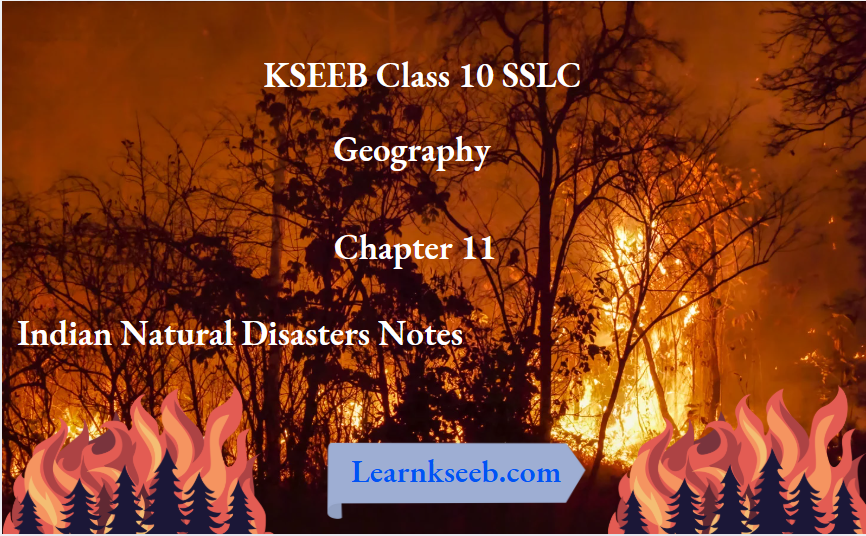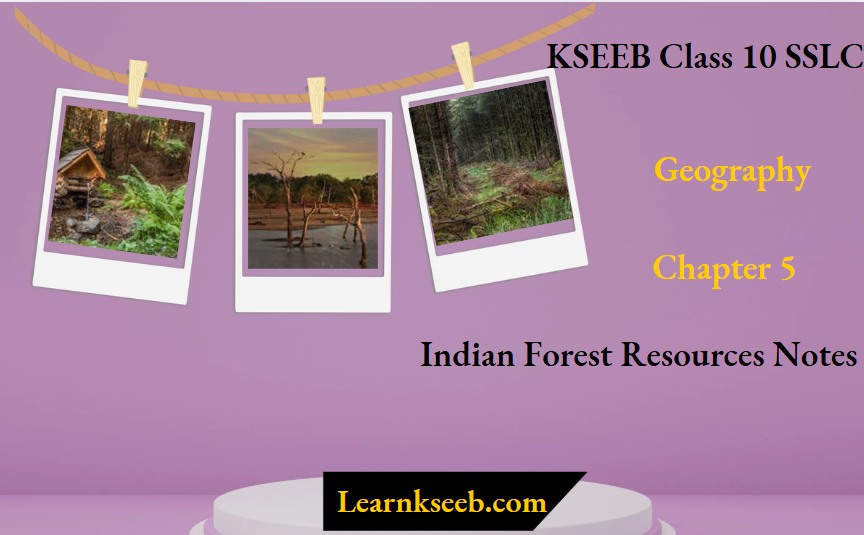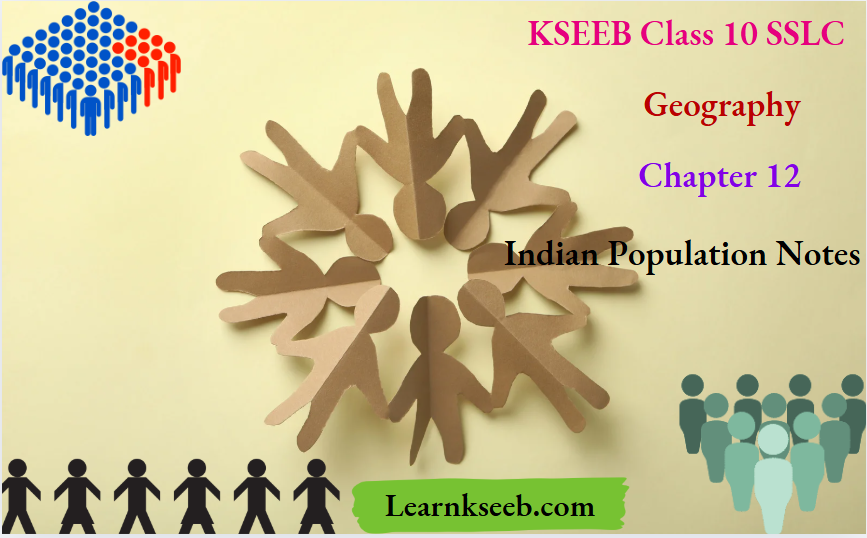KSEEB Solutions For SSLC Class 10 History Chapter 9 Notes Effects Of The Partition Of India, Refugees Issues
On 15th August 1947, India gained independence but the partition of the country had created a lot of problems.
On one hand, the country was burnt on communal lines, and on the other hand, the integration of princely states into the Indian union was a tedious task.
The states of Kashmir, Junagarh and Hyderabad did not agree to join the federal structure easily.
- Partition had also damaged the economic condition of India severely.
- India had also the challenge of framing its own Constitution.
- India had to protect its freedom from its enemies.
- As gender and caste-based discrimination was natural in Indian society, there was a need to strengthen the social structure of India.
- India is diverse in terms of religions and this diversity was used by the British to frame the ‘Divide and Rule’ policy.
- When India was partitioned in 1947, north India had to face a lot of problems.
- Soon after the partition, refugee crisis emerged as a major problem in front of India.
- Around 6 million refugees arrived into India.
- By 1951, most of the refugees who came from West Pakistan were settled down.
- The crisis of East Pakistan (Bangladesh) continued for a longer time period.
- The Bengal Vimochana Movement was finally successful in liberating Bangladesh.
- The war resulted in the arrival of 10 lakh Bangladeshi refugees into India.
- The Tibetans arrived in India as refugees during the time of Nehru.
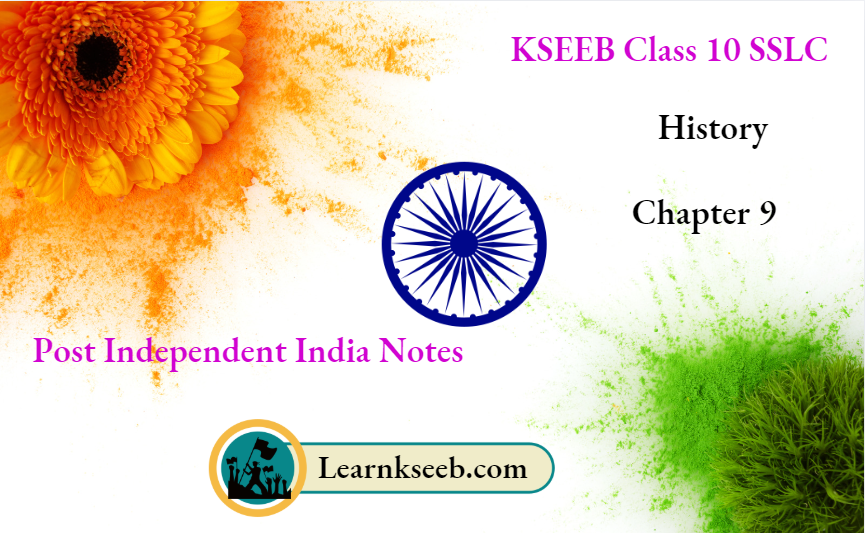
SSLC History Notes On Post Independent India Problem Of Formation Of New Government, Integration Of States, Reorganization Of States
- An Interim Government was formed after India attained independence.
- Lord Mountbatten became the Governor General of India.
- The Indian Constitution was adopted on 26th January 1950.
- Dr. Rajendra Prasad became the first President of India.
- The Constitution declared India as a Sovereign, Democratic Republic.
- Later, by the 42nd Amendment to the Constitution, the terms ‘Secular’ and ‘Socialist’ were added.
- The British had kept three options open for the independent princely states:
1. Joining India.
2. Joining Pakistan.
3. Remaining independent. - India, through its ‘Instrument of Succession’, offered an opportunity for the princely states to join the federal structure of India.
- After the independence of India, the demand for the formation of states on the basis of language intensified further.
- After the death of Potti Shramulu, who died after 54 days of hunger strike demanding Vishal Andhra, the demand for language-based state reorganization was put.
- In 1953, Andhra Pradesh was formed. In the same year, the ‘Reorganization of State Commission’ was also formed.
- On 14th October 1947, Mysore state came into existence.
- Now, there are 29 states and 7 union territories in India.

